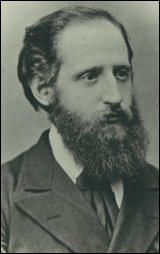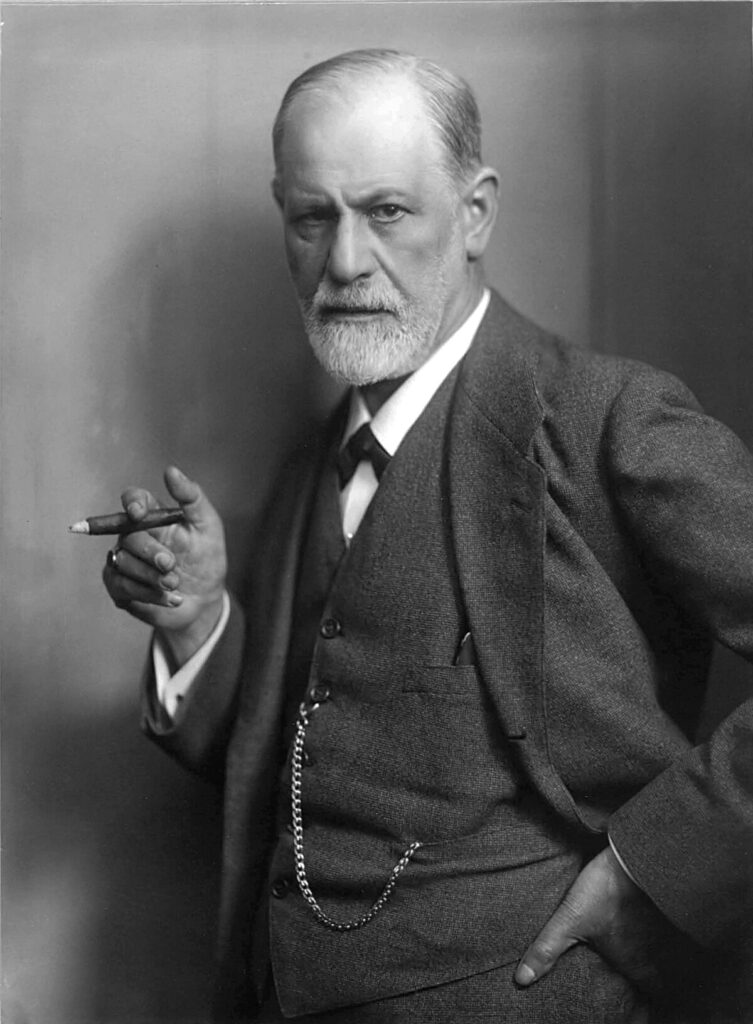
The history of hypnosis dates back to the late 18th century when Franz Mesmer, a German physician, whose system of therapeutics, known as mesmerism, was the forerunner of the modern practice of hypnotism. He theorized the existence of a process of natural energy transference occurring between all animate and inanimate objects; this he called “animal magnetism”, later referred to as mesmerism. Mesmer’s theory attracted a wide following between about 1780 and 1850, and continued to have some influence until the end of the 19th century.

James Braid is a major figure in the history of hypnotism, so much so that he is often regarded as the “Father of Hypnosis”. Indeed, it could be argued that hypnosis as we know it today didn’t exist before Braid. He removed hypnosis from the occult shadows of mesmerism, through his insights into the nature of trance and by coining the word “hypnosis” itself. Braid identified many key features of the trance state itself, such as the greater sensory awareness that subjects display. He estimated, for instance, that hearing in the trance state is about twelve times more acute than in everyday consciousness, since the ticking of a watch that could not be heard more than three feet away was audible from thirty-five feet when the subject was in trance. This was an important finding, distinguishing hypnotic trance from ordinary sleep. He also observed that autonomic bodily processes, such as heart rate and blood circulation, can be controlled to a remarkable degree whilst in trance.

In the mid-19th century, Josef Breuer, Austrian physician and physiologist, was Sigmund Freud’s mentor for many years. He contributed to the development of talk therapy. He saw a variety of patients in his family practice, including, in 1880, the famous “Anna O,” whose case led to his contributions to psychology. Between 1880 and 1882, Breuer treated a female patient in his medical practice who, in his later writings, was given the now famous pseudonym Anna O. She complained of a cough that developed when she was nervous and a number of other symptoms, including mood swings, alterations in her state of consciousness, visual disruptions, the unexplained inability to move, and the inability to speak. In his case study, after he had induced her to recall unpleasant past experiences under hypnosis. During the 1890s, Freud worked with Austrian physician and physiologist Josef Breuer in studies of neurotic patients under hypnosis. Freud and Breuer observed that, when the sources of patients’ ideas and impulses were brought into consciousness during the hypnotic state, the patients showed improvement. Psychoanalysis, method of treating mental disorders, shaped by psychoanalytic theory, which emphasizes unconscious mental processes and is sometimes described as “depth psychology.” The psychoanalytic movement originated in the clinical observations and formulations of Austrian psychiatrist Sigmund Freud, who coined the term psychoanalysis. Breuer abandoned the practice of psychoanalysis due to his disagreements with Freud.

Freud used initially hypnosis on his patients, but later replaced it by his method of ‘free association’, in which the patient is encouraged to express whatever comes to their mind. Psychoanalysis, and other non-hypnotic approaches of psychotherapy, in the early 20th century eventually began to overshadow hypnotherapy.

The most prominent figure in modern hypnosis is American psychiatrist, Milton Erickson, who was a master of using language creatively in order to communicate with patients’ unconscious. What was unique in his approach was that he was not interested in identifying the cause of the symptoms, like many other clinicians back then, instead his focus was on helping patients release their symptoms by stopping the defense functions. He made outstanding clinical successes, and his methods were called Ericksonian hypnosis, which was strongly embedded in other contemporary approaches such as neuro-linguistic programming (NLP). NLP is a pseudoscience.
In the late 20th century, the American Psychological Association established the Division 30 Society of Psychological Hypnosis. Since then, the science of hypnosis has been developed rigorously.